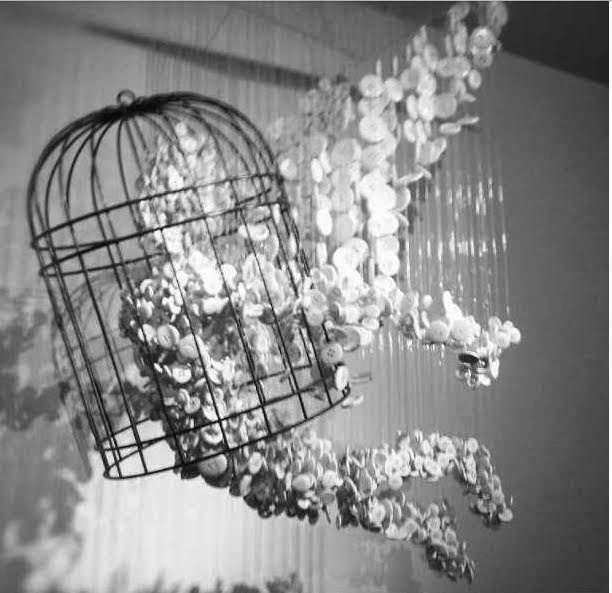
The sack-back gown or robe à la française was a women's fashion of the 18th century. At the beginning of the century, the sack-back gown was a very informal style of dress. At its most informal, it was unfitted both front and back and called a sacque or contouche. By the 1770s the sack-back gown was second only to court dress in its formality. This style of gown had fabric at the back arranged in box pleats which fell loose from the shoulder to the floor with a slight train. In front, the gown was open, showing off a decorative stomacher and petticoat. It would have been worn with a wide square hoop or panniers under the petticoat. Scalloped ruffles often trimmed elbow-length sleeves, which were worn with separate frills called engageantes. The loose box pleats which are a feature of this style are sometimes called Watteau pleats from their appearance in the paintings of Antoine Watteau.
Re-creating the look...
To re-create this look the best option is to pattern cut on the stand. With this type of dress flat pattern cutting is possible but with all the pleats I personally find it easier to drape and see in 3d how the garment will take shape.
First mock up an 18th century boned corset to create a base, this will allow you to get a good shape for your stand. You can buy patterns online for this.
Cut a piece of calico, or any other preferred fabric and pin to the stand, making sure the straight of grain is completely central and the fabric is large enough to hang over the shoulders. From there pin in your bodice seams, one at both the front and back, but you can add a side seam if you wish although that is not strictly authentic. To create a bit of ease going over the hips cut triangles into the calico, making sure you have enough fabric for your chosen shape, don't cut too much away as this can prove difficult later. You want to make sure the calico is as flat to the stand as possible, but avoid over stretching the fabric. When your happy cut your pieces out and using a pencil, mark in your seam lines and your desired neck line. Follow the same process with your back and shoulder seams. Using a pencil mark in your armhole, this garment has a more defined shape than modern clothing also the armhole is set further back. When happy, take the pieces off the stand and trace onto pattern paper, from there you can make up your bodice.







No comments:
Post a Comment